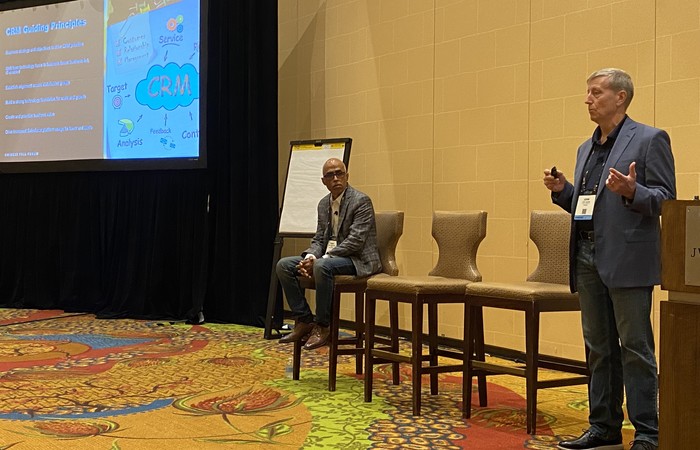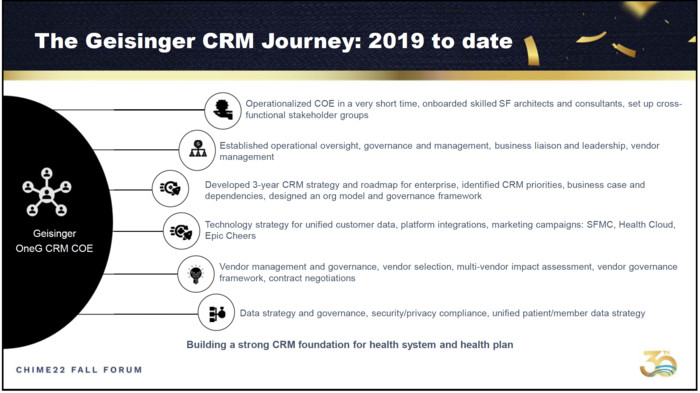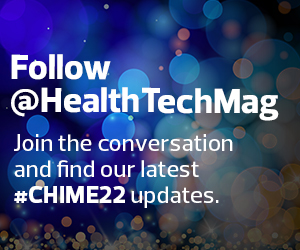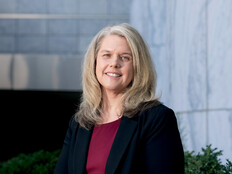Though customer relationship management has existed for decades in industries such as retail and finance, healthcare’s adoption of CRM has been more recent, especially with the sector’s ongoing consumerization and blurring of lines between consumer and patient.
For example, Cleveland Clinic adopted Microsoft Dynamics in a pilot as part of its CRM strategy to boost patient engagement amid the COVID-19 pandemic and find integration within its Patient Service Center initiative.
“We’ve shifted the paradigm from reactive — answering when a patient calls us — to proactive and engaging patients when we can see that they need care,” Dr. Lisa Yerian, chief improvement officer at Cleveland Clinic, said in a 2021 article from the health system. “We’re developing a unified strategy to orchestrate the patient’s journey across a lifetime of care, and thousands of patients are already seeing the impact.”
Geisinger Health, based in central Pennsylvania, launched its CRM journey before the pandemic in 2019. Its CRM strategy has been crucial for connecting with patients and achieving goals related to population health management, said former CIO John Kravitz during a CHIME22 Fall Forum session in San Antonio.
Kravitz, now at software vendor Workday, and Paddy Padmanabhan, CEO of Damo Consulting, discussed the lessons learned from Geisinger Health’s initiative to obtain 360-degree insight on their patients through its CRM strategy.
From left to right: Paddy Padmanabhan (seated), CEO of Damo Consulting, listens while former Geisinger Health CIO John Kravitz speaks during their CHIME22 session.
Think of CRM as a Framework, not a Singular Technology Solution
Geisinger Health turned to Salesforce for a CRM solution and initially deployed it for marketing campaigns aimed at closing care gaps. But for another project focused on improving appointment scheduling time for primary care and specialty services, Kravitz said developing the means solely through Salesforce would have taken significantly more time and investment, especially with the lack of in-house Salesforce expertise.
Because Geisinger Health is an Epic shop, Kravitz and his team turned to Epic Cheers, the electronic health records company’s CRM platform, to help with improvements to the Patient Contact Center. It was a valuable lesson in multivendor approaches to CRM. “I think it was really important to think about CRM more as a process. It doesn’t have to be a one-system solution,” he said.
A slide outlining Geisinger Health’s CRM journey from the “Transforming Patient Experiences with a CRM Strategy” session during the CHIME22 Fall Forum.
Kravitz also stressed the importance of strategic alignment and detailed planning for use cases so that organizations don’t get stuck in a rabbit hole of CRM programs. It’s critical that a CRM strategy be “business-driven, IT-enabled,” similar to how organizations should think of EHR implementations, Kravitz said, because if it’s the other way around, it most likely will fail.
Geisinger Health’s CRM journey also includes data strategy and governance, operational oversight and vendor management.
“The idea of CRM is to make data visible across the organization because we want the customer experience to be, ultimately, the best experience for them,” Kravitz said.
Keep this page bookmarked for our coverage of the CHIME22 Fall Forum, which took place Nov. 7-10 in San Antonio. Follow us on Twitter at @HealthTechMag and join the conversation at #CHIME22Fall.













